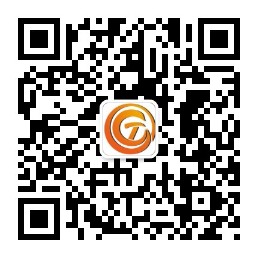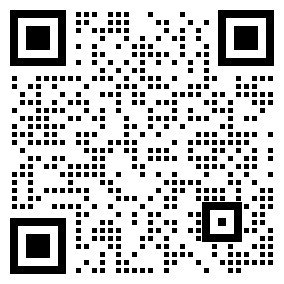The difference between capacitive screen and touch screen is mainly reflected in their working principle, structure, application and touch response mode. Here are the main differences:
Capacitive screen:
Capacitive screens work by using changes in the capacitance of the human body or other conductive objects and the surface of the screen to detect touch. When the finger touches the capacitive screen, the finger interacts with the electric field of the screen to change the local capacitance, and the screen determines the touch position through this capacitance change. Capacitive screens usually use a transparent conductive material (such as indium tin oxide, ITO) to cover the surface of the screen.
Touch screen (usually refers to resistance screen) :
The working principle of the touch screen is based on changes in resistance. When the surface of the screen is touched, the upper layer of the screen makes contact with the lower resistance grid, causing a change in current that detects the position of the touch. A resistive screen usually consists of two layers of transparent conductive material, one of which is conductive and the other is used to detect touch.
2. Touch response
Capacitive screen:
Capacitive screens are usually very responsive to touch, can sense slight contact, and are especially suitable for finger touch without the need for additional pressure. It also supports multi-touch, that is, it can recognize multiple touch points (such as gestures) at the same time.
Touch screen (resistance screen) :
The resistive screen requires a certain amount of pressure to detect touch, and usually requires a larger amount of pressure to respond effectively. Its touch sensitivity is low, not as capacitive as the screen, and cannot support multi-touch
3. Touch style
Capacitive screen:
The capacitive screen can only be touched by conductive objects (such as fingers), and cannot be operated by non-conductive objects such as gloves and stylus. But now some capacitive screens also support the use of special gloves.
Touch screen (resistance screen) :
The resistive screen can be touched with any object, including fingers, stylus, gloves, etc., making it more adaptable.
4. Display the effect
Capacitive screen:
Because the inductive material of the capacitive screen (usually transparent conductive film) is thinner, the screen is usually clearer and the color is more vivid in the display effect.
Touch screen (resistance screen) :
Because there are two transparent conductive layers in the middle of the resistance screen, it may affect the transparency and display effect of the screen, and the color and clarity of the display are not as good as that of the capacitor screen.
5. Durability
Capacitive screen:
The durability of the capacitive screen is higher, but if the surface is covered with strong external impact or scratching, it may cause damage to its function. Most capacitive screens are scratch-resistant, but are also susceptible to oil and fingerprints.
Touch screen (resistance screen) :
The resistive screen is relatively more durable and has strong impact resistance because it does not need to rely on the conductive layer of the surface and is suitable for use in harsh environments. However, due to its complex structure, the resistance screen is prone to wear after long-term use.
6. Multi-touch
Capacitive screen:
Capacitive screens usually support multi-touch, can recognize multiple touch points, suitable for complex gesture operations, such as sliding, zooming and so on.
Touch screen (resistance screen) :
The resistance screen usually only supports a single touch, and it is difficult to achieve complex gesture operations.
7. Application Scenarios
Capacitive screen:
Capacitive screens are widely used in smart phones, tablet computers, touch displays and other scenarios that require high precision and high sensitivity. Its multi-touch and fast response characteristics make it widely used in modern consumer electronics products.
Touch screen (resistance screen) :
Due to the low cost and strong durability of resistive screens, they are usually used in some equipment that does not require high precision or high response speed, such as POS machines, industrial control equipment, automotive information systems, etc.
summarize
Capacitive screen: more sensitive response, support multi-touch, display effect is better, but can only be touched by conductive objects (such as fingers), durability is slightly less.
Touch screen (resistive screen) : can use any object to touch, strong adaptability, but requires more pressure, the display effect is not as good as capacitive screen, and usually does not support multi-touch.
免责声明: 本文章转自其它平台,并不代表本站观点及立场。若有侵权或异议,请联系我们删除。谢谢! Disclaimer: This article is reproduced from other platforms and does not represent the views or positions of this website. If there is any infringement or objection, please contact us to delete it. thank you! |


